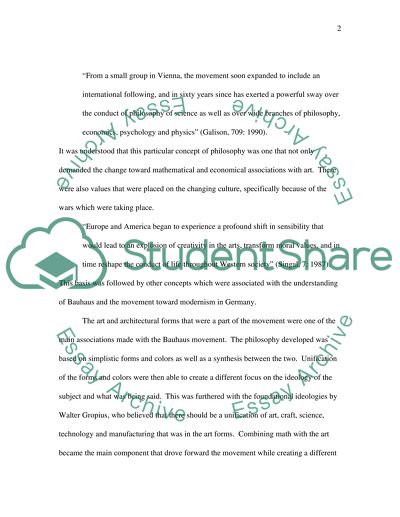Cite this document
(“Bauhaus and Modernism Essay Example | Topics and Well Written Essays - 1500 words”, n.d.)
Retrieved from https://studentshare.org/design-technology/1405694-bauhaus-and-modernism
Retrieved from https://studentshare.org/design-technology/1405694-bauhaus-and-modernism
(Bauhaus and Modernism Essay Example | Topics and Well Written Essays - 1500 Words)
https://studentshare.org/design-technology/1405694-bauhaus-and-modernism.
https://studentshare.org/design-technology/1405694-bauhaus-and-modernism.
“Bauhaus and Modernism Essay Example | Topics and Well Written Essays - 1500 Words”, n.d. https://studentshare.org/design-technology/1405694-bauhaus-and-modernism.


